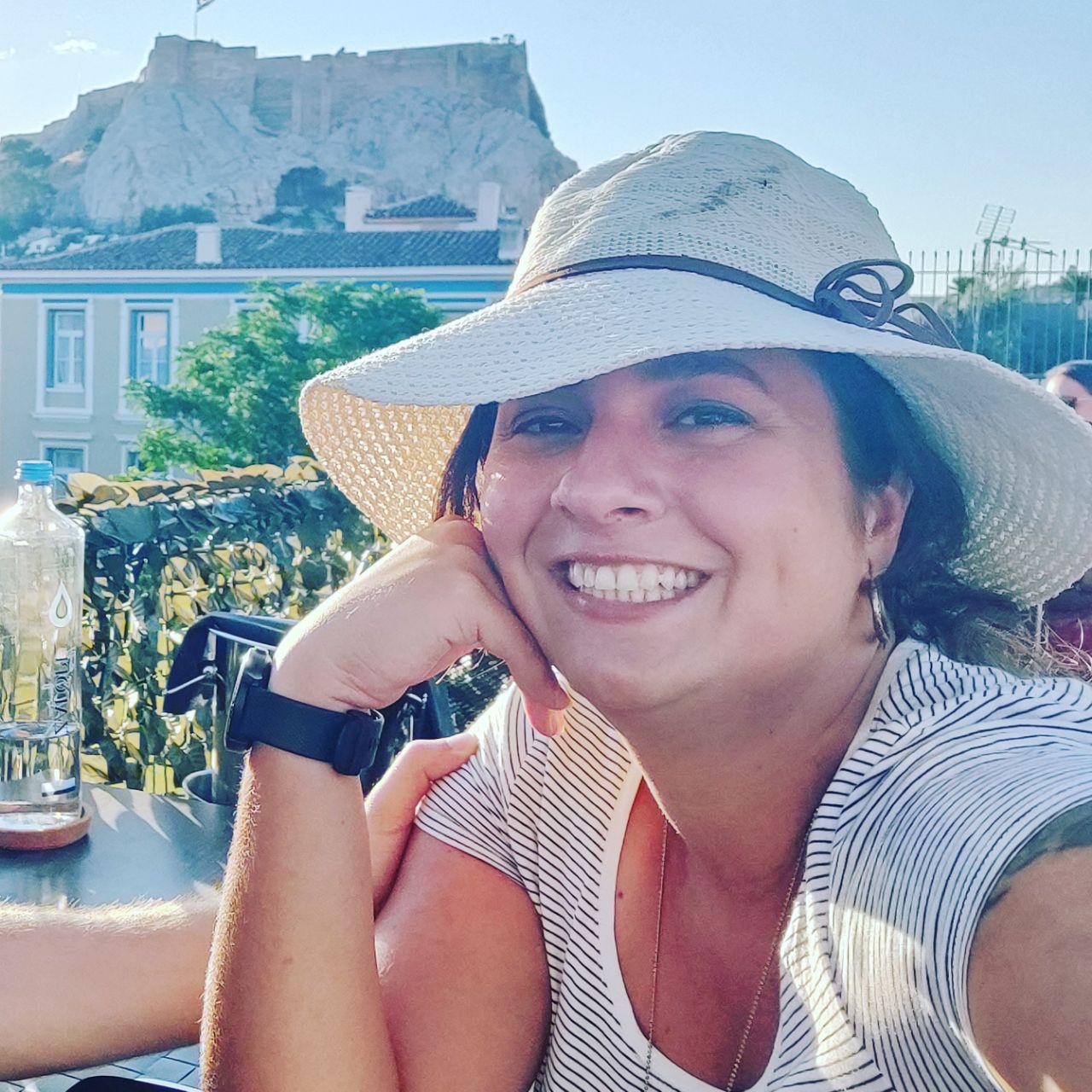👋 Hello
I’m Etiene, a Software Engineer from Brazil, who went to Engineering school in France, did my final year project in Germany, went to the UK for a masters in Computational Linguistics, and now am moving to Spain! Besides my native language, I have seriously studied 5 other languages, and reached fluency in 2. I love doing that just for fun too. Sometimes I dabble with a new language for a short time out of curiosity. During this time, I tried dozens of paid and free apps, learned a lot both on my own or in formal classes, learned in immersion or from my home, and did all kinds of variations you can imagine. Having autonomy over my learning process does not mean studying alone, it means having control and responsibility for my learning, and deciding what deserves my attention and effort. Today I’ll start sharing with you what I learned along the way!
Once I have done this a few times, the awareness of how hard it is to overcome some specific obstacles when directing my own learning starts forming a pattern. I started creating Polygloss because of my own frustrations learning German and the gaps with the market solutions I have tried in addressing those patterns. Because everyone has their own struggles going on, my mission with Polygloss is to foster an environment where people can develop their language skills under their own supervision.
🐌 The struggles of the intermediate stage
The biggest market gap in mobile apps for language learning is handling the intermediate stages of learning. There are multiple great apps already with a standard beginner curriculum: Duolingo, Babbel and Ling, for example. They are great if we’re learning one of the popular languages available and we’re just starting from scratch. There are also some apps dedicated to language exchange, but they require a certain level of conversational skills a lot beyond what the first group of apps can give us. But there are very few solutions between the basics and advanced.
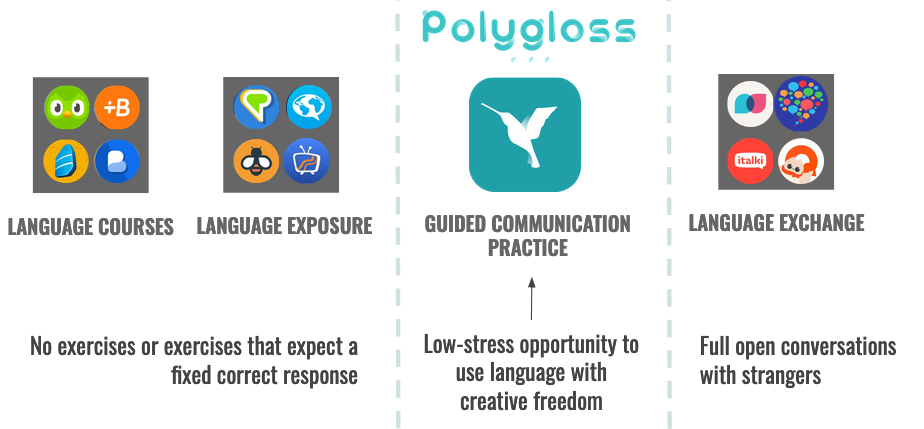
Better solutions for this stage need to be found because the importance of this gap is massive. The intermediate stage is the hardest and most important stage of learning a language. This might sound counter intuitive. How is the advanced stage not the most important one? Basically, once we reach an advanced level, we can already do most of the things we need in that language. It is then a matter of doing it better: more elaborately, with less mistakes, more fluidly, etc. In fact, many native speakers don’t have themselves the language skills of a C2 level, the top of the European proficiency scale used in language teaching and assessment.
I believe the reason this gap in solutions exists is mainly due to how hard it is to create materials for intermediate level students. But what are these difficulties exactly and how are they addressed with Polygloss?
1. Rare and personal vocabulary
There are two important characteristics about the vocabulary of a language:
- It is potentially infinite. Some classes of words are closed and never get new words (the, but and of belong to these classes). But some word classes are open: their words can be combined and changed to create new words. Nouns and verbs, for example, are in constant expansion (upload, twerking, gig worker, decarceration).
- It follows a curve where a few words are used very frequently and the majority of words are used very rarely.
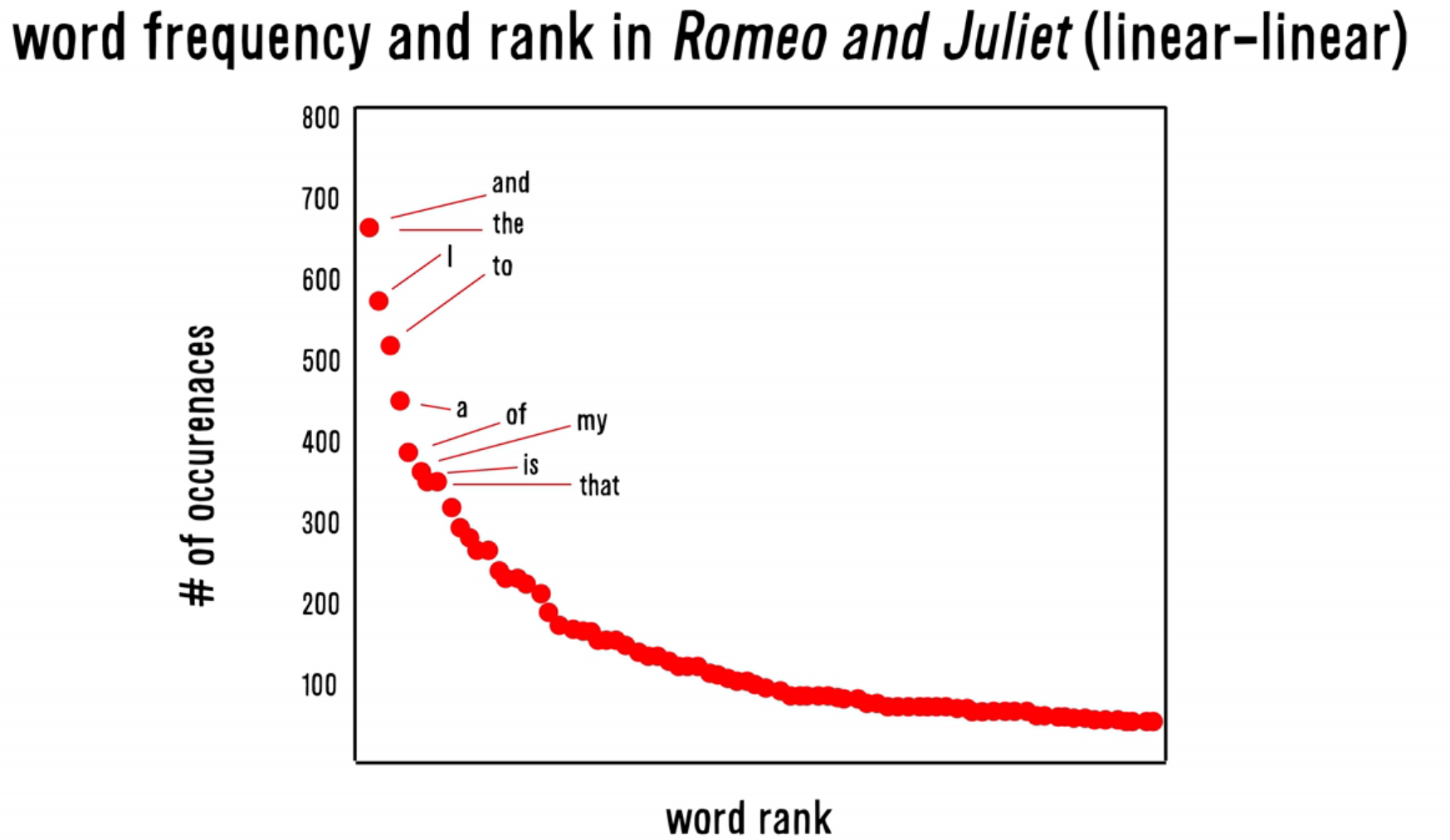
The reality is that after we learned the most common words of a language, the next words we need to learn will appear very very rarely. Reading books as our only method to learn vocabulary might not provide us with the repetition we need to learn rare words, as they might appear only once or twice in a whole book, or not at all! For example, passenger is the #2404 most common word of the English language. In average, it will appear three times in a whole 350 page novel. The word harmless, #7645, once every two books. At this point we need to start prioritizing: which words do we need and why? It basically boils down to our personal needs and interests. The words we need are the words that we want to talk about, the words we might encounter in our social circles and activities.
If we don’t do this prioritization based on our needs, the words we learn will not easily materialize in the active vocabulary that we use. While it is normal that the vocabulary we understand is bigger than the one we use, the consequence of not optimizing your next vocabulary is a tremendous feeling of being stuck. It is just very demoralizing to spend lots of time studying and not see the result manifest, to understand things but freeze completely when it’s our turn to say something simple. This is part of what many learners call the intermediate plateau, which can be visualized as the inverse of the curve above. We can game this curve by artificially boosting some words beyond their natural appearance in the wild.
Learning a usage-based range of words will also be the easiest way for us to memorize them, since there is an added context of a personal connection. That’s an incredibly useful aspect of our cognition, like a built-in prioritization that helps us remember what’s more important to us. And this is where most apps will struggle: an average catch-all solution will inefficiently follow the curve, and a heavily personalized content can be very hard to design and engineer.
2. Moving goalposts to authenticity
When we are beginners, the expectations we have for our language competence might be very simple. Learn some words, understand some “tourist-level” information and communicate simple transactions politely: “Excuse me, where is the toilet?”. We don’t need a very big range of vocabulary and patterns to execute this successfully. But after this stage is done well enough, we want to do more. Our next goal tends to become participating in social activities happening in the foreign language. We want to go to a night out or barbecue and not feel completely isolated. We want to connect with the tavern owner, learn about his life and the town. We get curious about things and want to ask about it. We want to share things about ourselves. We want to join conversations, follow the arguments, interject with our own views. We want to exist in that language.
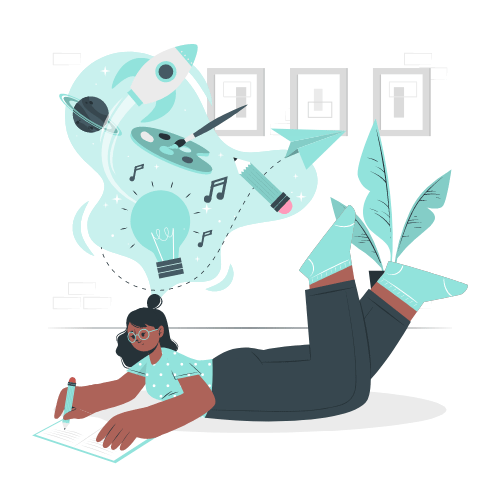
Unsurprisingly, this is super hard stuff. When none of that is possible yet, it can feel incredibly frustrating. And it can get more and more frustrating as we progress through the intermediate level. When our capacity to follow conversations increases, we have even more opportunities for wanting to say something. But if we can’t express ourselves and communicate our inner itch, it can feel as if we are mere receptacles, passive observers of life, with no agency to truly interact with it.
Fostering our authentic voice is complicated. The immense majority of apps have grammar and vocabulary exercises that expect a fixed correct response, or worse, contain no exercise that requires our interaction at all. There is no opportunity to go rogue and be personal or creative.
3. Stress
Everything that is already awkward about socializing in our native language can be multiplied by 10 when we try to interact in a different language. As we try to communicate while still being bad at it, we miss the timings, don’t get the joke, wonder if we didn’t get something because we didn’t understand a word or just because we’re dumb, get lost in the topic and zone out because paying attention is harder, make a faux pas and feel embarrassed, feel boring because we aren’t contributing a lot to the conversation, fear sounding stupid, etc. Many of these things are not true, people will likely be aware that we are speaking a different language and will judge us positively and not negatively. But as humans the way we feel is not necessarily attached to reality. As we keep trying to improve our communication skills, and we stumble into minor embarrassments and difficulties, our anxiety can go through the roof and our willingness to try again can disappear. This is a very natural behavior that can happen to anyone. As someone with ADHD and social anxiety, I think a lot about how do I tweak this because it is all honestly terrifying to me, and the negative feelings are 100% certain. Getting better in communicating will make it less stressful, yes, but to get better at communicating we need to communicate more… see where I’m getting at?
Walking through this valley of death is quite a draining task: turns out sometimes we don’t actually want or have the energy to chat with each other. Even if we are motivated to get better at a language, we might opt for tasks that feel more comfortable. This type of discomfort can be viewed as a negative impact on the retention of users in a learning platform. One solution for that is to simply eliminate this essential aspect of learning and offer only comfortable methods that still provide other gains. But another perspective is understanding this as an accessibility issue and go find ways to create a less stressful communication experience.
👉 Polygloss
Polygloss is a collaborative learning platform to improve our communication skills in another language. It is currently available for download on Android, and it is entering the stage of public test on iOS TODAY! The goal is to express ourselves in a low-stakes and low-stress scenario. Polygloss achieves that by being designed as an image-guessing game. Here’s how a match of Polygloss works:
- You are paired with a random person or a selected player from your friend list, who is either also learning the language or might be a native speaker of that language
- You get 4 images, which are categorized by dozens of topics, and pick one
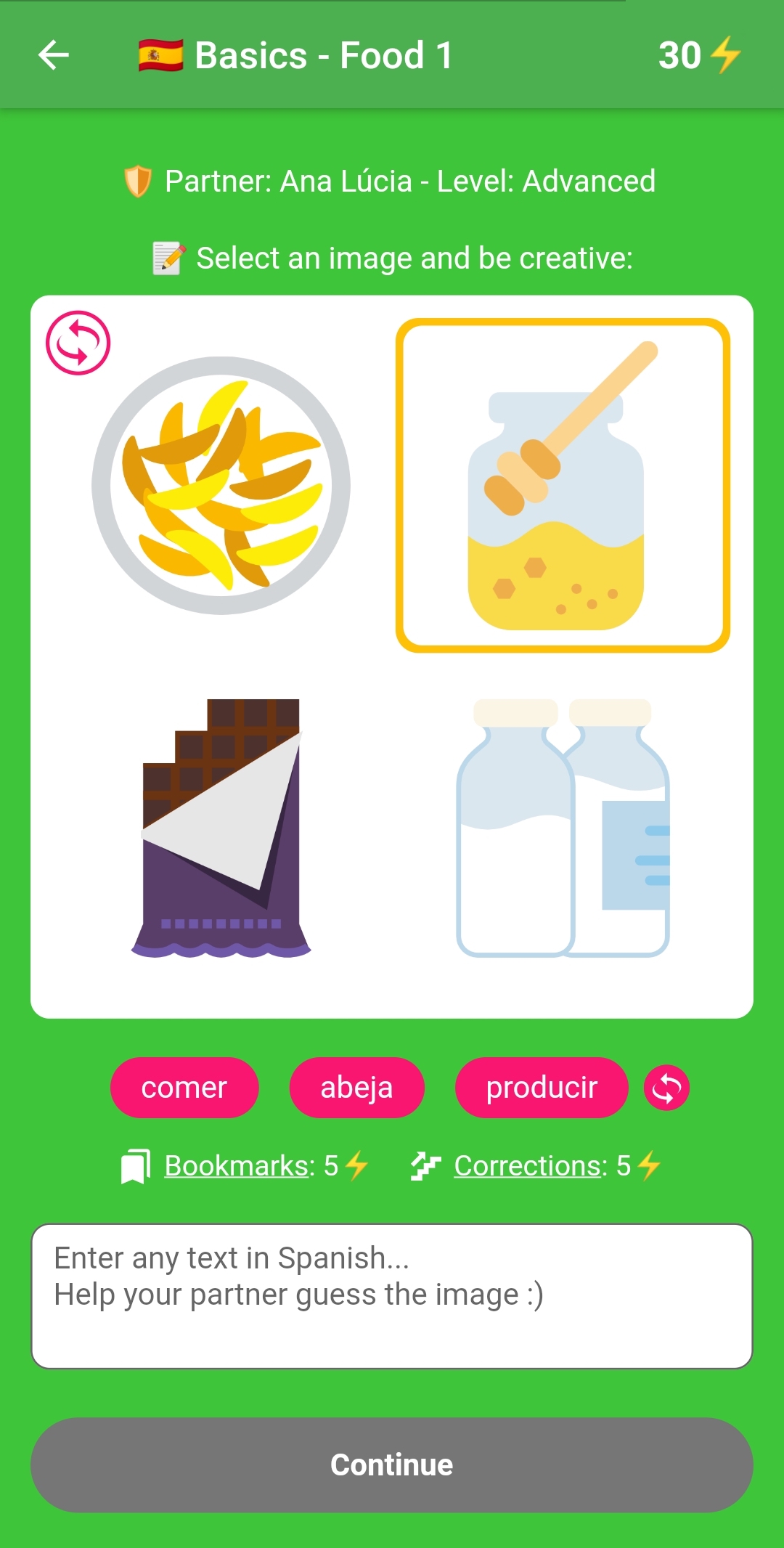
- You say something about that image, anything you want, that will allow the other player to guess the correct image
- Your partner will receive a match invitation and guess the correct image. If correct, you both get points, and now it’s their turn to write something
- After they do that it is your turn to respond to the match and guess their image
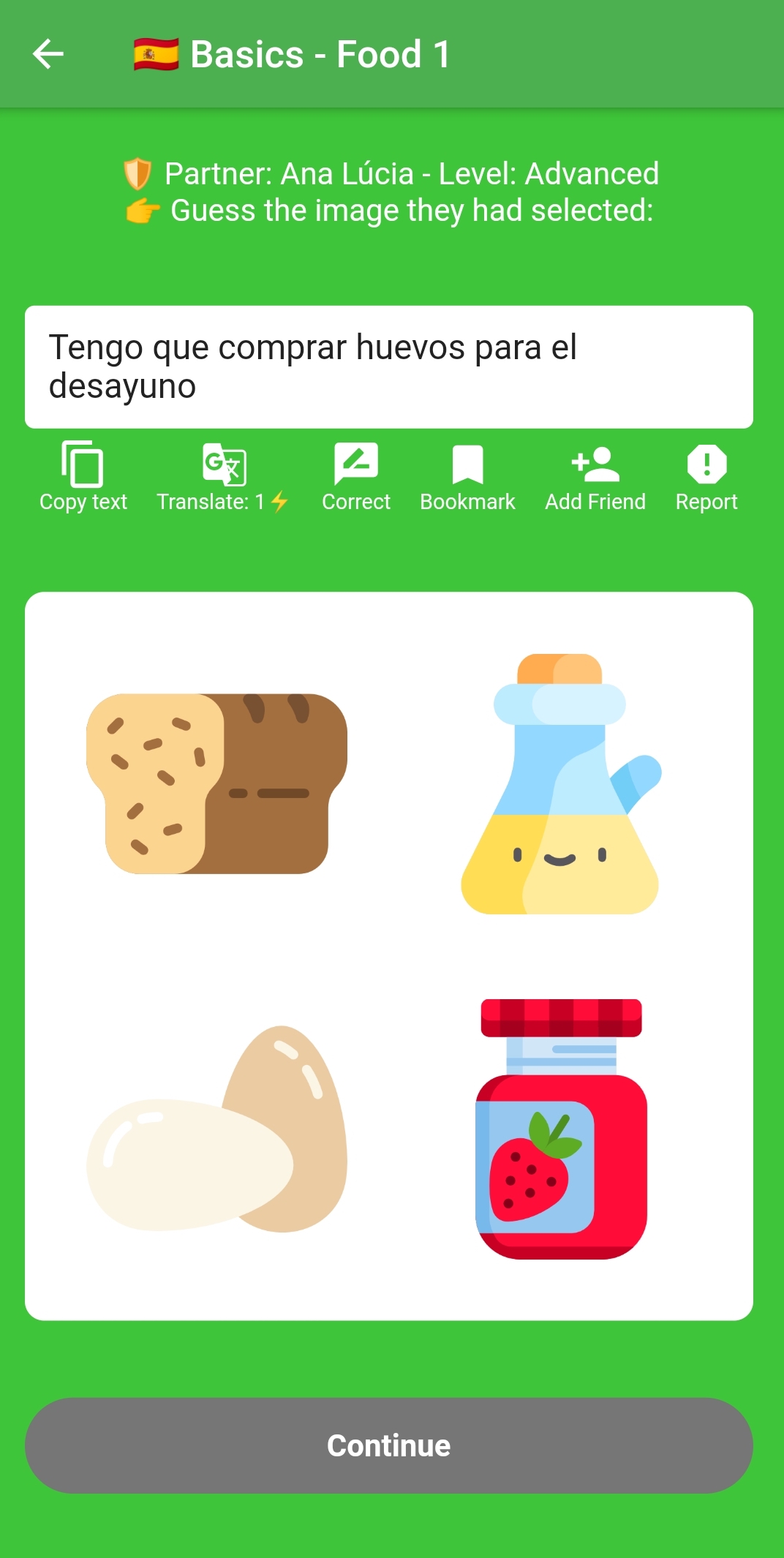
- The end! The points are converted into stars that are collected to unlock new sections of the app, and you can repeat this process with different images, topics, and partners.
Features
🌍 Truly multilingual
Since a Polygloss match is entirely image-based, although the interface of the app is in English, there is no intermediate language. Besides the popular languages like English, Spanish, French, German, Portuguese, and Italian, Polygloss has been played in over 40 languages! That includes specific dialects of major languages like South Tyrolean German, minority languages like Irish, and constructed languages like Esperanto. As long as there is a partner to play with you, you can play it in any language you want.
💬 Early-on communication
By trying to convey which image is the good one, you are creating a meaning-focused message. Don’t worry if your grammar isn’t perfect, there’s no right or wrong. Just say what you want to say! You can paraphrase, improvise, and find a way. Don’t remember the word for tiger but remember big cat? There you go! Don’t know how to say the name of this hobby you really like and want to mention? Take your time and go look it up! This is a free space to test waters, strengthen your active vocabulary, and build your confidence. You also don’t have to worry about finding a long-term exchange partner, remembering and keeping context, and sustaining full conversations yet. You can slowly add these bits by venturing into the rest of the internet as you grow your skills.
📈 Personalized help
- Your partner can send you a correction after the match loop, with no impact to your points and no interruption to your match. Just so you can improve aspects of your writing later if you want to. You can save or discard this feedback.
- Bookmark the sentences from your partners that are meaningful to you in some way for consulting during your next matches. New word? New grammar? Funny?
- Get word tips based on your writing history, with dictionary look-up and usage examples. At the moment this specific feature is available for English, Spanish, French, Italian, Portuguese, and German. We are gradually rolling it out for more languages. Some of the next languages we are considering are: Norwegian, Greek, Dutch, Welsh, Russian and Arabic.
Want to see what we are working on next and join the discussion? Check our Roadmap.


---- Credits:
Illustrations from Freepik Storyset, word frequency rank chart from vsauce.
